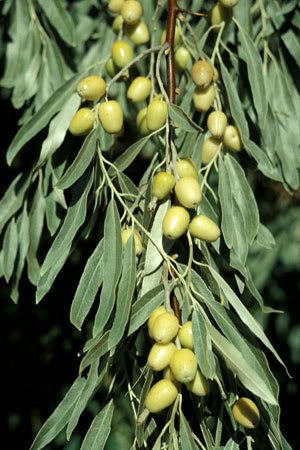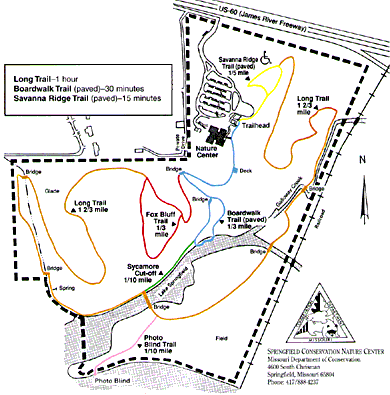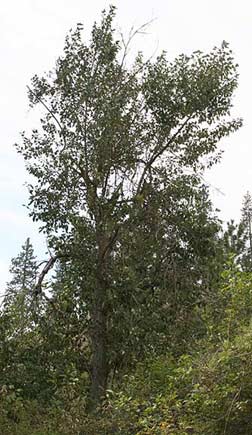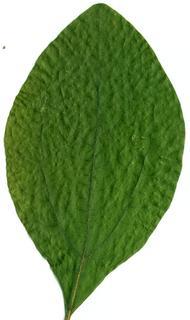Tree leaf identification in the Caledonian Forest is a fascinating and worth while activity.
The
Caledonian Forest, used to cover 1.5 million hectares of the Scottish Highlands, with a wide range of plants and animals, it now covers just 1% of that original area. The surviving remnants of the forest are ageing and fragmented, and because of overgrazing, the trees are struggling to regenerate naturally. While the variety of trees in the forest is low, the forest is undergoing a restoration programme, with the aim to expand the forest
and bring back extinct species.
Amongst a
growing number of other trees in the forest, there are two types of birch. The Silver and Downy.
Silver birch is distributed throughout almost all of Europe and in Asia Minor. Downy birch also occurs throughout much of Europe and in north Asia, and is one of the very few native trees in Iceland.
Both species of birch are widespread in Scotland, with silver birch occurring principally on well-drained, drier soils and downy birch preferring wetter locations. Scotland has a wetter west side than the east, so there is typically a transition between silver and downy as you cross the country.
Birches occur within other forest types and as birchwoods. Prior to deforestation, it is unlikely the Birches were as proportionately as predominant as they are today.
Silver Birch, is the faster growing of the two trees, but both are fast growing pioneer trees, which easily grow in open ground. As pioneer trees, they are typically not long lived, between 60 and 90 years old and are slender trees, reaching a height of 30 metres in the case of the silver and about 20 - 22 metres for the downy.
As young trees, both have a reddish brown bark, which changes as they mature. The downy becoming a greyish white interspersed with horizontal grooves, while the silver, becomes a more prominent white with patches of black.
The leaves of the two trees emerge in April, as bright green, with the colour becoming a duller green in a week or so, changing to Yellow or Brown in Autumn. Silver Birches tend to turn a brighter yellow than the downy, which more typically turns dull, or brownish. The leaves drop towards the end of October
The two species can be distinguished by their leaves, the downy birch being rounder in shape than silver birch, and having a single row of teeth on the margin, while the silver has a double row of teeth. They can also be identified by their twigs, which in silver birch have small white warts, those on downy birch are covered in small hairs or 'down'. Silver birch has an overall drooping, pendulous shape to its branches, whilst the branches on downy birch tend to be more upright. However, intermediate forms exist between the two species, with various combinations of these characteristics, and this can make the identification of individual trees difficult.
Top: Silver birch leaf
Bottom: Downy birch leaf
A great source of information tree leaf identification in Scotland, not just the
Caledonian forest, is this guide
A Pleasure in Scottish Trees



























